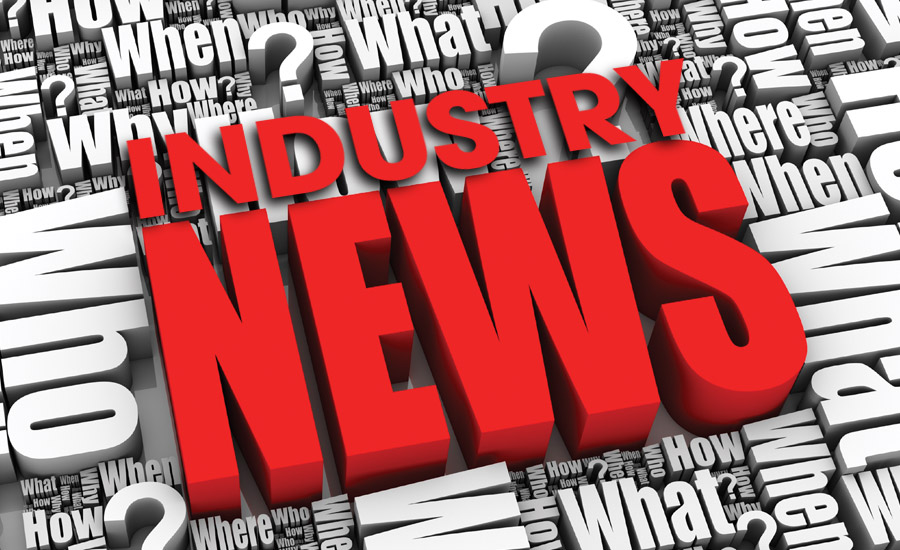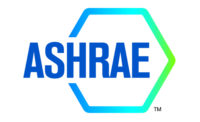ASHRAE has announced a call for papers for its 2018 Winter Conference in Chicago, January 20-24 at the Palmer House Hilton.
This conference includes tracks on standards, fundamentals and applications, systems and equipment, tracks on industry trends in resiliency and modeling throughout a building’s life cycle, and tracks addressing specific disciplines, such as transportation air conditioning, tall buildings, and heat exchange equipment.
“Engineers and designers continue to advance designs to reduce the ecological impact of our built environment on the world around us. It has practically become second nature.” said Michael Collarin, chair of the 2018 ASHRAE Winter Conference. “However, and seemingly more so in recent years, the industry has needed to take steps to mitigate the impact of the world around us on our built environment. This is especially the case in our transportation, government, and mission critical arenas, where the loss of critical infrastructure can have severe consequences, including the loss of life. The tracks and programs for the ASHRAE Winter Conference will focus on resources to design, build, control, commission, and operate facilities and infrastructure that need to not only be efficient, but resilient.”
The “Earth, Wind & Fire” track aims to help owners and design teams identify and plan for natural elements and other possible disasters that would otherwise be crippling. Papers that evaluate various systems (including HVAC, building envelope, structural, filtration, and on-site power), design strategies, construction measures, and building operation are sought. Papers addressing the worldwide implementation of codes and standards to harden facilities and equipment are sought. The conference will also include an HVACR focus on fundamentals, applications, systems, equipment, refrigeration, and modeling.
The “Standards, Guidelines and Codes” track addresses how these are constantly evolving with the intent on improving the built environment and its systems and the need for designers, contractors, architects, and owners to keep up with the continuing changes in the current cycle as well as to prepare for future changes. The papers and sessions highlight the changes to the standards and guidelines, their projected path, and optimum design techniques to meet or exceed the standards.
The “Fundamentals and Applications” track lays the foundation for understanding applications in engineering. Key components include thermodynamics, psychrometrics, fluid and mass flow, IAQ, and building envelope. This track provides opportunities for papers and presentations of varying levels across a large topic base. Concepts, design elements, and shared experiences for theoretical and applied concepts of HVACR design are included.
The “HVAC&R Systems and Equipment” track focuses on selection. Papers and programs in this track will assist designers, engineers, and operators in the design, selection, and operation of HVACR systems and equipment.
According to ASHRAE, the explosion of computational capacity and data collection capability is rapidly expanding the scope, complexity, and practical applications of modeling both during design, but even more so for fault detection, diagnostics, and operational optimization. Papers and presentations are solicited related to all aspects of building modeling with a particular interest in successful applications addressing operational phases for the “Modeling throughout the Building Life Cycle” track.
Also, papers are sought for tracks focused on “Tall Buildings, “Transportation IAQ and Air Conditioning,” and “Heat Exchange Equipment.”
In addition, a “Refrigeration” mini-track will be presented at the 2018 AHR Expo, Jan. 22-24 at McCormick Place. Admission will be free.
ASHRAE offers two types of paper submissions:
Conference Papers: Abstracts due March 1, 2017. Upon acceptance, final papers will be due July 7, 2017. These “final” papers undergo a single-blind review, are submitted as a PDF, and have an eight single-spaced page maximum length.
Full Technical Papers are due March 1, 2017. Papers submitted for review must be both technically accurate and clearly written. These papers undergo a rigorous double-blind review and can be a maximum of 30 double-spaced pages.
The technical program will be announced in September 2017.
To submit a conference paper abstract or a technical paper and for more information about the conference, visit www.ashrae.org/chicago.





